The Anatomy of an African Fashion Brand: What Makes a Fashion Brand Truly African?
- Victoria Audu
- May 7
- 7 min read
Updated: May 12
What makes a fashion brand truly African? Is it the location of its headquarters, the ancestry of its founder, or the origin of its fabrics? The answer, like the continent itself, is layered and complex. As the global fashion industry increasingly turns its gaze toward Africa, questions of authenticity, responsibility, and identity are increasingly critical.
To be African is first a matter of descent, yes, but it’s also about being deeply embedded in the continent’s heritage, socio-cultural realities, and—crucially—its economies. But Africanity can not be stitched onto a label. This includes the location of its core operations, employment of local artisans, its target audience, and the value it returns to African economies. Without active engagement in African markets and communities, the claim to African identity risks becoming hollow.

Historically, the most iconic names in African fashion embodied this connection instinctively. In the 1960s, at the height of the fight for independence, designers like Chris Seydou, Shade Thomas-Fahm, and Naïma Bennis built brands that were deeply tied to local realities. They created for Africans, worked with African materials, and rooted their businesses firmly on the continent, even as their designs gained global attention. The 1990s saw a new generation, including Deola Sagoe and Loza Maléombho who carried that legacy forward.

However, the 2010s brought a harsh shift. A financial crisis rippled from the US to global markets worldwide, including Africa. A 2009 report by the Carnegie Endowment for International Peace highlighted how falling commodity prices, shrinking exports, and evaporating capital crippled industries across the continent. In the wake of this economic fallout came a wave of migration. Some returned, bringing back hybrid identities shaped by distant cultures. Others stayed, building careers abroad while struggling to answer a harder question: if you are African by blood but foreign by experience, who exactly are you creating for?
African brands and brands who have the perception of being ‘African’ inherit the obligation to engage meaningfully with the continent. And that engagement can not just be aesthetic. It has to impact the local economy, the people, and the cultural ecosystems it’s supposedly representing.
Take brands like Emmy Kasbit in Nigeria, whose work with indigenous Akwete weavers keeps both the craft and local economies alive. Emmy Kasbit employs local artisans directly and supports a network of weavers across southeastern Nigeria. Similarly, some iconic textiles, like Kente cloth, Bògòlanfini, and Àdìrẹ, are prime examples of how African fashion brands engage with their rich textile heritage.

According to the African Development Bank's Fashionomics Africa report, Mauritius is noted as Africa's leading clothing textile exporter, with over 250 businesses generating $761.3 million in revenue. Lesotho's apparel sector represents 60% of its exports and employs 80% of its manufacturing labor. These textiles are not merely materials but repositories of cultural knowledge and technical innovation, expanding knowledge of African culture across the globe.

Specifically, South African designer Lukhanyo Mdingi's work with Xhosa beadwork artisans has created sustainable livelihoods while elevating these techniques to luxury status on global runways. Mafi Mafi are similarly championing local craftsmanship, blending contemporary design with traditional East African textiles. During the COVID-19 pandemic, Mafi Mafi CEO, Mahlet Afework, made a point to support local artisans who were struggling. In an interview she said:
‘Artisans and weavers have been in the value chain when we were producing hand woven clothing. These are the people that I know personally and who have been the backbone of my brand in Ethiopia, so I would like to support them in this difficult time.’
Kente Gentlemen’s Aristide Loua is also passionate about working directly with local artisans, paying his artisans three times the standard rate to nurture the craft that is slowly fading as younger generations turn away from traditional skills. In an interview with PRINT Magazine, Loua explained how big textile factories outside the continent ‘create an unfair competition with the local artisans who are definitely feeling the brunt of those companies’ success.’ He continued:
‘Competing against brands making garments from Chinese companies, companies like H&M, is a lot for [local African artisans] to compete against.’

In an interview with Daily Maverick, MAXHOSA founder, Laduma Ngxokolo, asserted that it would be cheaper and easier to produce in China. However, with a dedication to credibility and enhancing the South African economy, Ngxokolo opted to set up his own factory in Johannesburg. This shows the true resilience and determination from a brand that is truly and irrevocably African.
With this, Ngxokolo also shows the significance of labour in the conversation. For some brands, the only time African artisans show up in the supply chain is when it’s convenient or as an exploitative marketing strategy. According to IndustriALL affiliates in Ethiopia, Madagascar and Zimbabwe, workers earn wages of less than US$2.15 per day. With monthly wages below US$30, Ethiopia holds the lowest wages in the global textile and garment sector. Many of these workers earn such low wages in relation to the high-end price points these brands display by exploiting the ‘Made in Africa’ tagline.

Because of this, brands like Thebe Magugu, who have achieved international acclaim, face the dilemma of pricing themselves out of their local markets. When a dress costs $600-1,200, a common price point for these labels, it becomes inaccessible to most of the African population, whose average monthly income may be less than the cost of a single garment. Engage Brandcraft said in a 2013 interview with Business Day:
‘The biggest challenge to growing African brands has been local markets with little or no disposable income. It’s certainly never been about our products being inferior. The central issue is that it’s difficult to grow a brand if nobody in your country has the money to buy your product.’

Such difficulties are out of the control of the brands as many African economies are still struggling. As of 2025, 600 million Africans, about 40% of the population, still do not have access to reliable power supply. Moreover, purchasing power across the continent is relatively low with the continent’s average GDP per capita at $2,955 compared to the world’s average GDP per capita of $13,840.
These economic realities force difficult decisions about target markets and price positioning. Some brands have responded with tiered pricing strategies. For example Nigerian brand, SÈKÏ, has prices on their website available in USD and NGN to encourage local buying. While this allows more competitiveness in local markets, it is not a long term solution.
The solution is a renewed outlook on the African fashion industry as a key player in revenue for the continent. Africa's creative industry is propelling the continent's global influence, shaping international trends, and creating jobs for the expanding youth population, all while fuelling economic growth. However, while some areas, such as music and film, are set to skyrocket, others risk stagnating.
According to Statista, Africa’s fashion market is projected to hit $6.53bn in 2025, growing at 7.96% annually (CAGR 2025–2029). This is much higher than the contribution from the music industry, which is projected to reach $51.19m by 2029, growing at an annual rate of 8.81% (CAGR 2022–2029).

Many global luxury brands champion sustainability and ethical sourcing. However, the reality often starkly contrasts their public narratives. Workers in Africa who supply materials like leather and cotton and engage in crafts such as beadwork and dyeing frequently earn below minimum wage.
For instance, in Ethiopia, garment workers producing items for top fashion brands earn an average of just $26 per month, making it challenging to afford basic necessities. Despite this, luxury fashion houses sell a single bag for thousands of dollars, reaping substantial profits from the labor of these underpaid workers. Even when these products are made in Italy, workers are still at risk of being abused. Dior and Armani were under investigation in 2024 for exploiting immigrant workers in Italy.

The fashion industry, despite its massive potential, is starved of serious investment, infrastructure, and the strategic attention needed to thrive. Without deliberate intervention, it risks being one of those left behind.
Apart from cultural and economic standards, the socio-political dimension of African fashion is an important reality. What distinguishes contemporary African fashion is not just design elements but the political act of self-definition after centuries of external categorization. This political consciousness manifests in designers like Bubu Ogisi, whose IAMISIGO label explicitly challenges Western fashion's superficial engagement with Africa through collections that deconstruct colonial gazes while celebrating indigenous knowledge systems. The ability to engage in this identity discourse is essential for African fashion brands.

Ultimately, the path forward requires concrete action from multiple stakeholders. Fashion industry bodies must develop clearer standards for what constitutes an ‘African brand’, perhaps through certification systems that assess economic impact, not just aesthetic inspiration. Investors need to prioritize brands with sustainable local production models rather than those simply leveraging African identity for marketing purposes. Consumers, both within Africa and globally, must demand transparency about where and how their designs are produced.
As Omoyemi Akerele, founder of Lagos Fashion Week, aptly stated at the 2024 event:
‘We see our role within the ecosystem as catalysts. For us, community is the starting point of the creative process. And we believe that when the fashion and apparel value chain is functioning effectively, it contributes significantly to so many things like social-economic development, in terms of job creation, wealth creation.’
This underscores how much African fashion deserves more than borrowed glory. It deserves government infrastructure and conscious social investments from designers to allow the industry to thrive while celebrating cultural cues and boosting local economies.
Join us in shaping the future of African fashion. Sign Up to become a part of the Clearly Invincible fashion community and for a consultation to aid your fashion entrepreneurship journey.
Fashion Services: Illustrations | Collection Planning | Portfolio's | Consultations
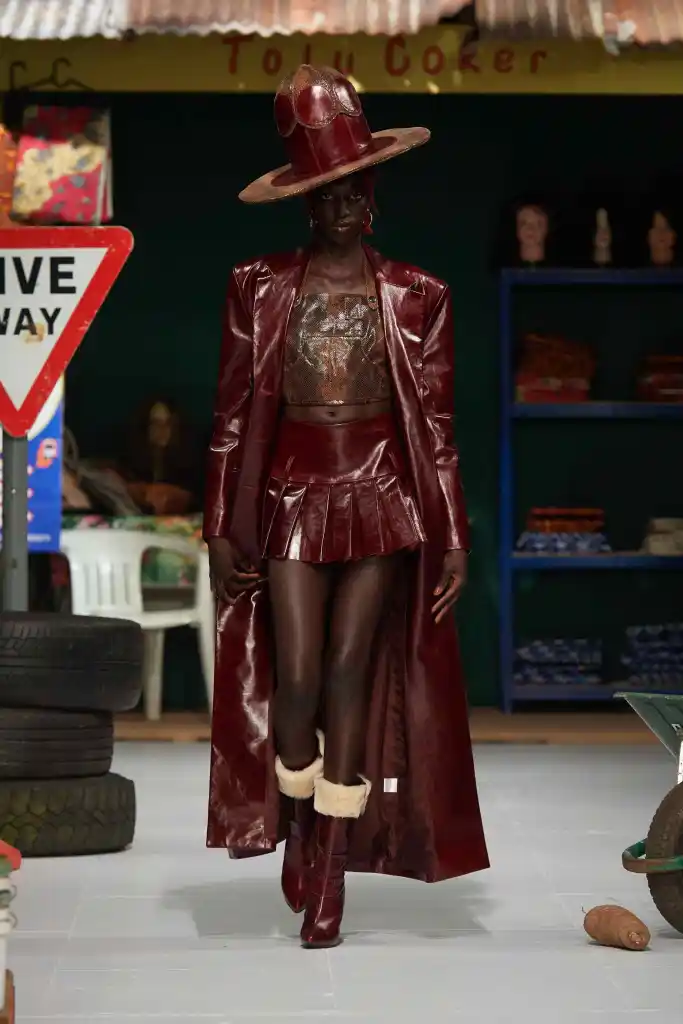
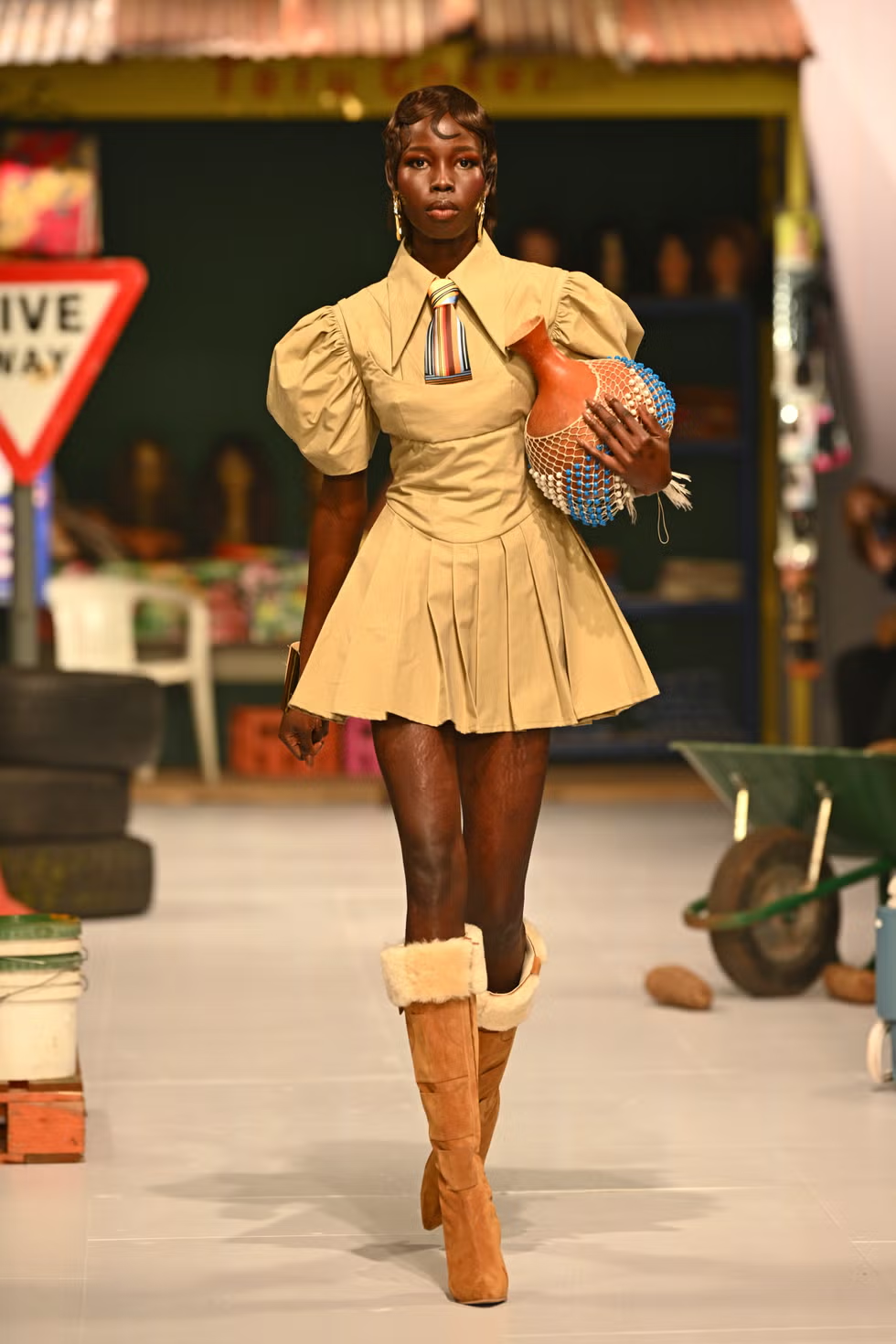
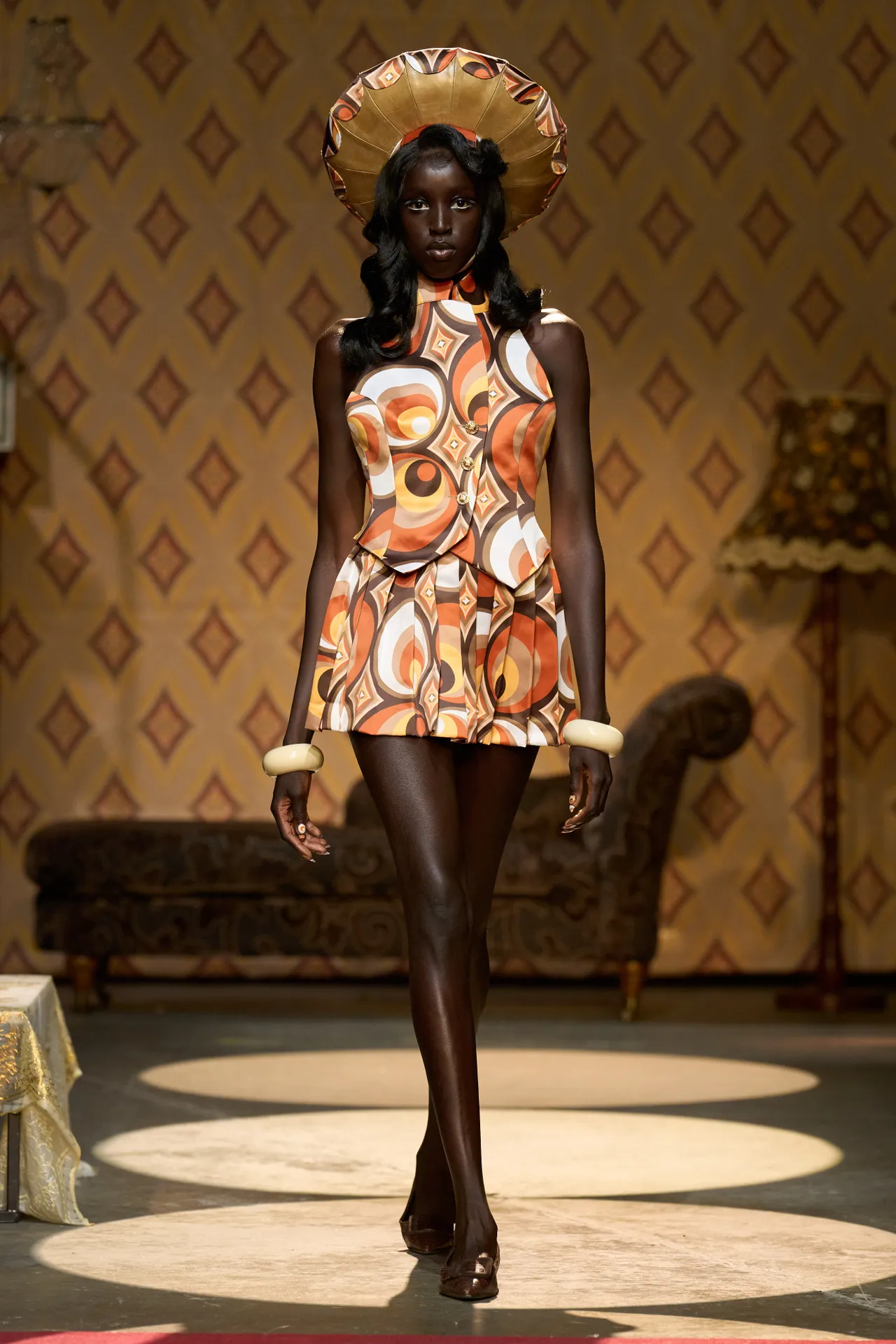
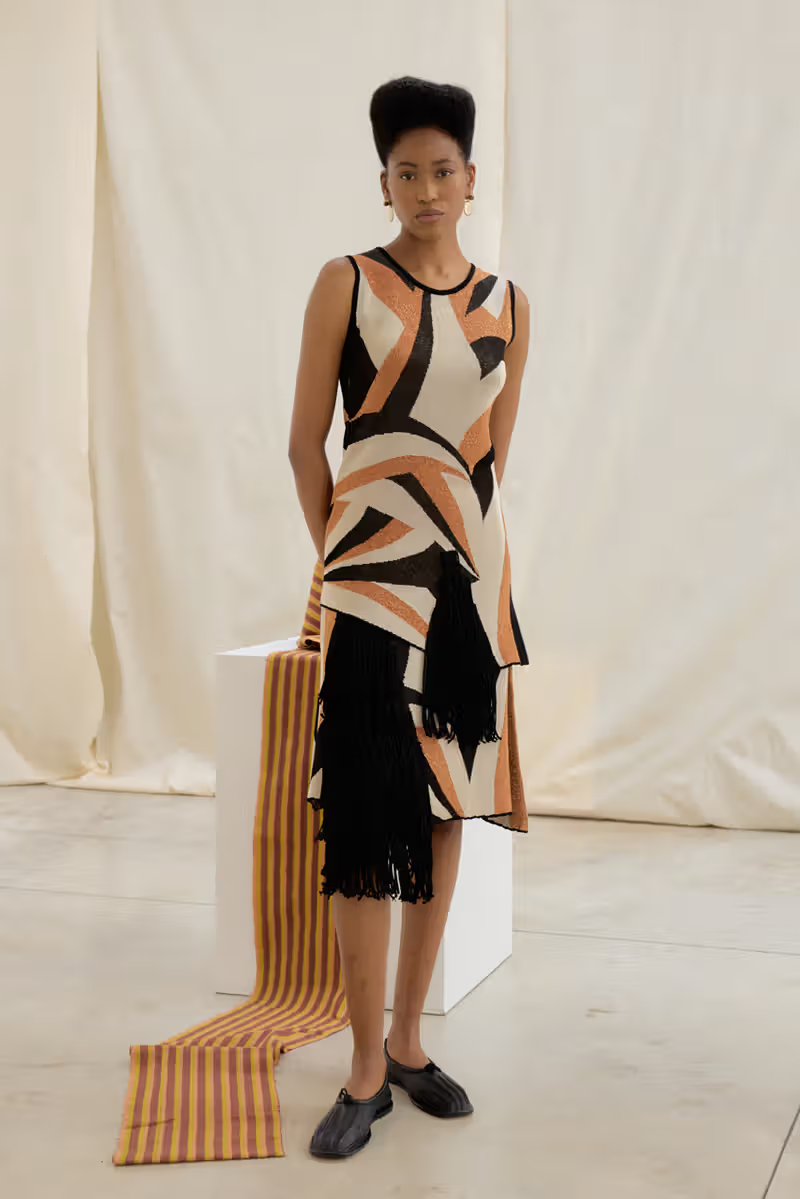


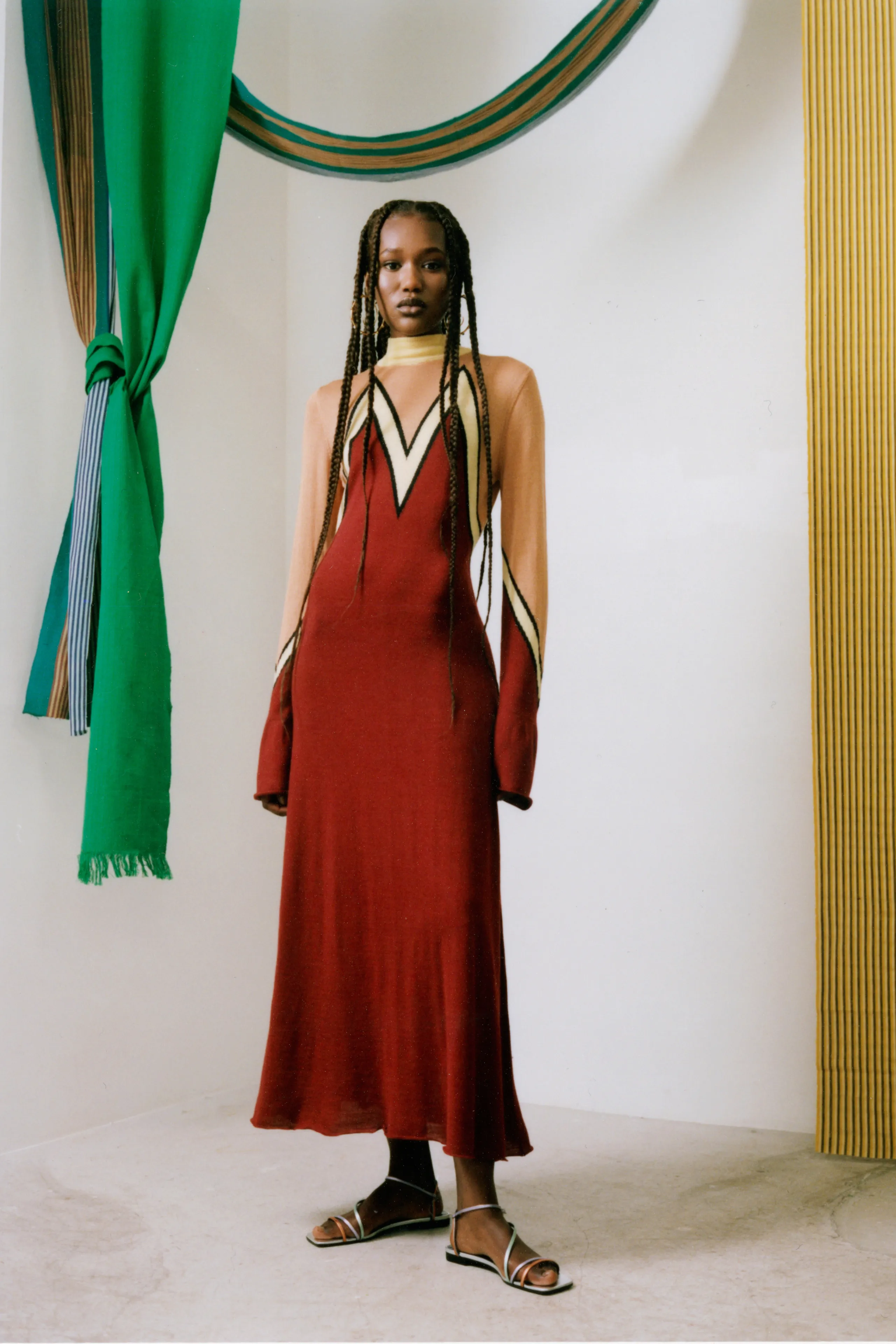


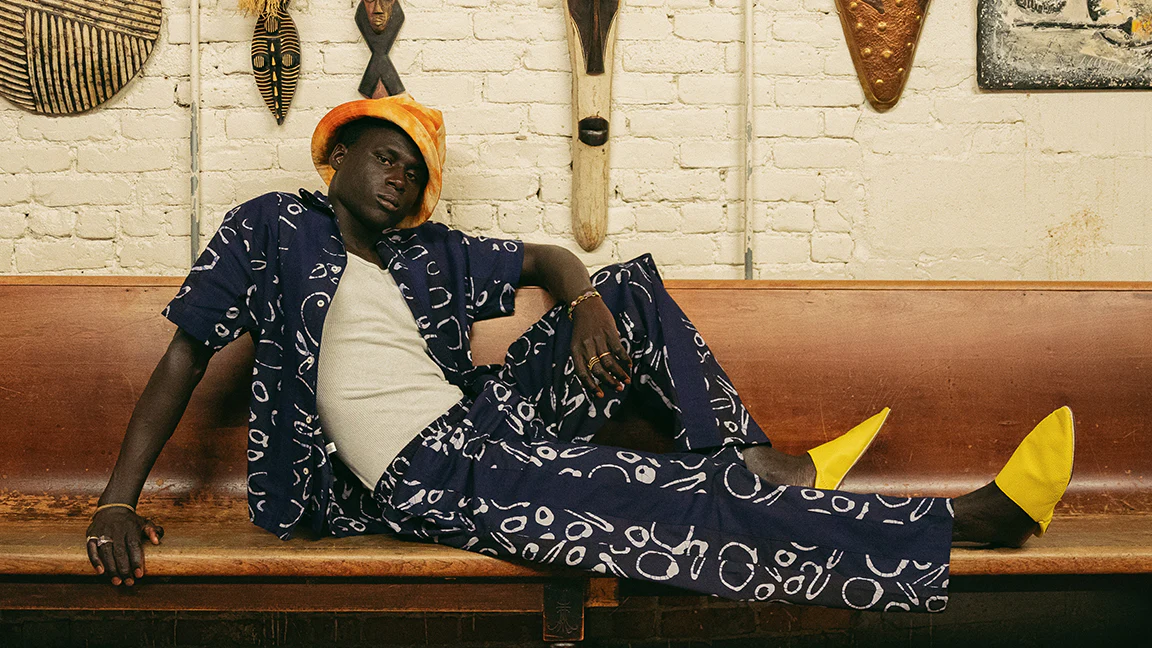
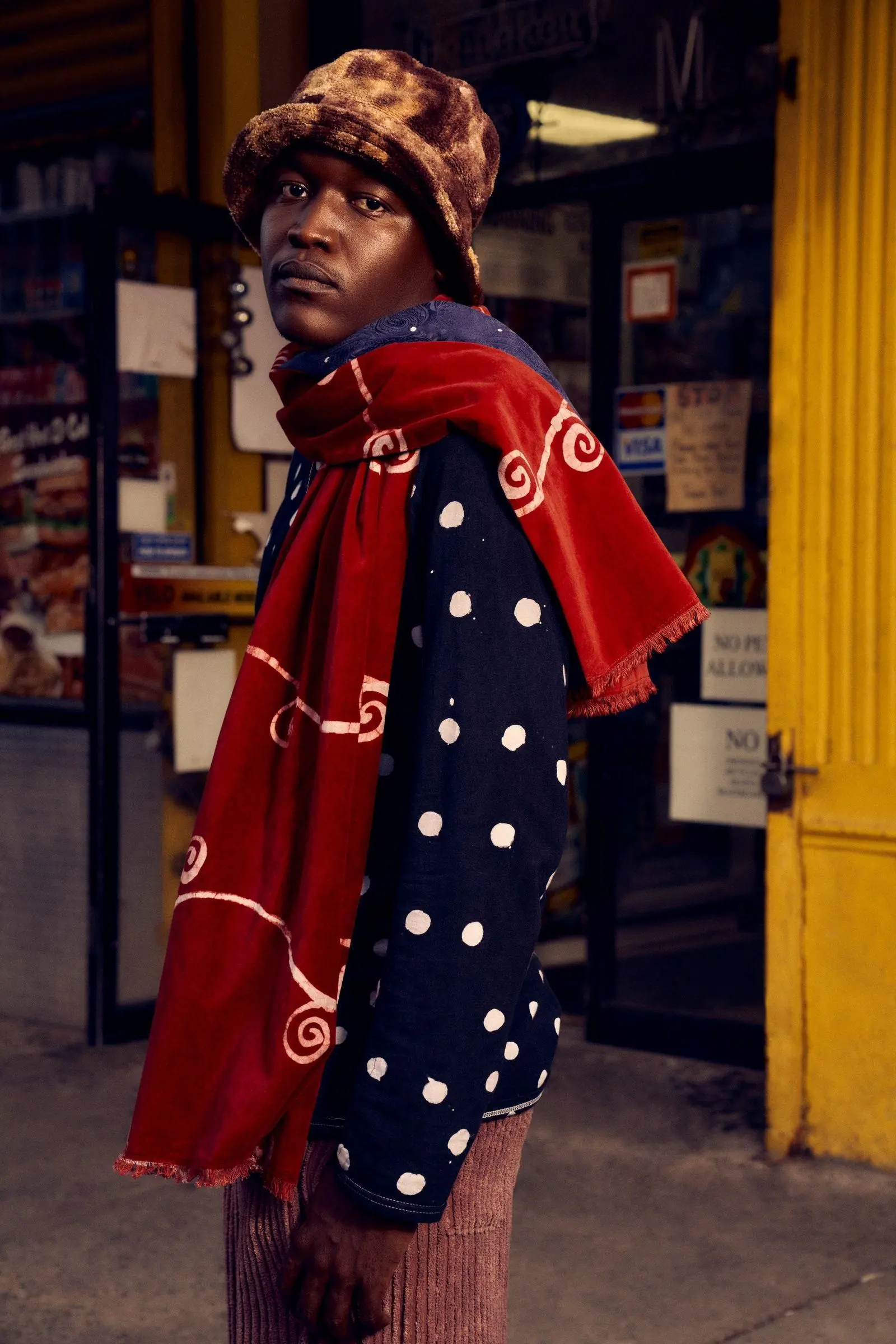
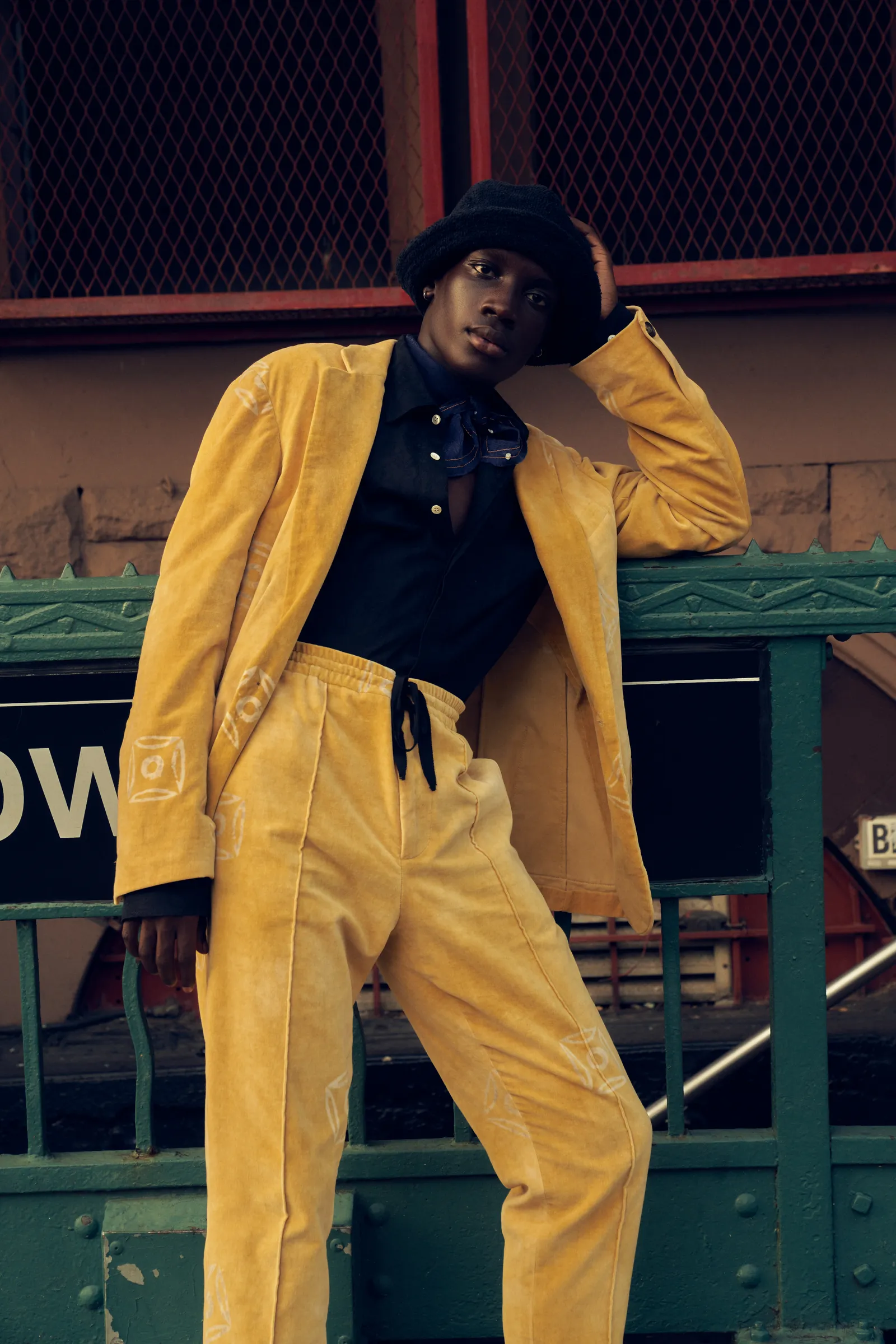
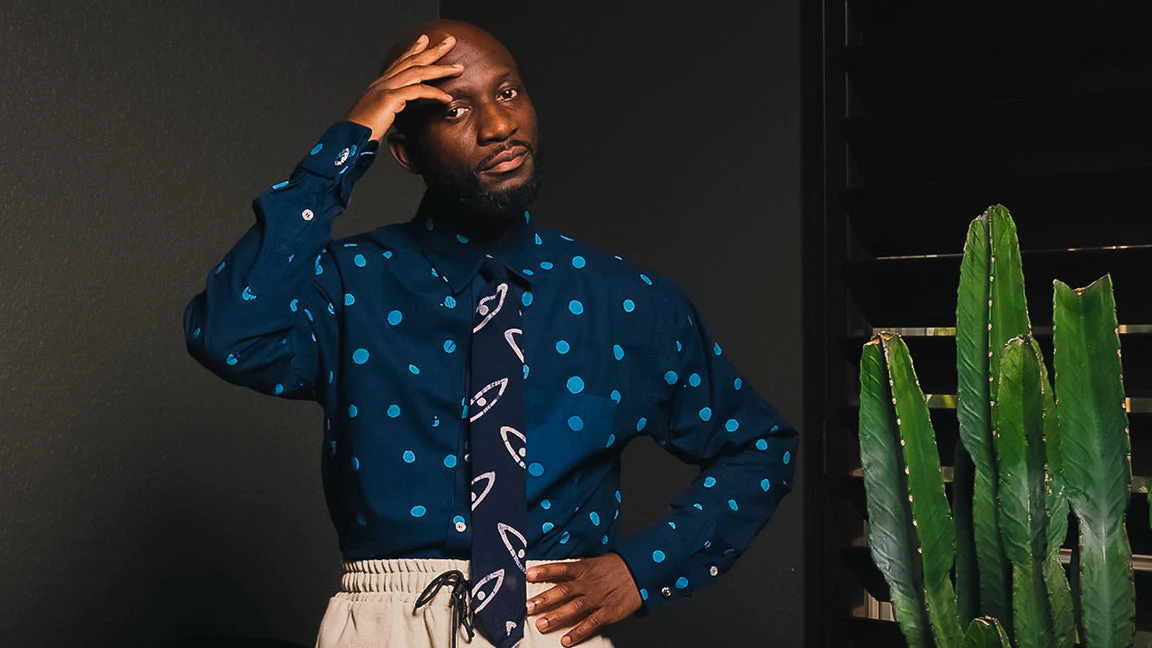


Comments